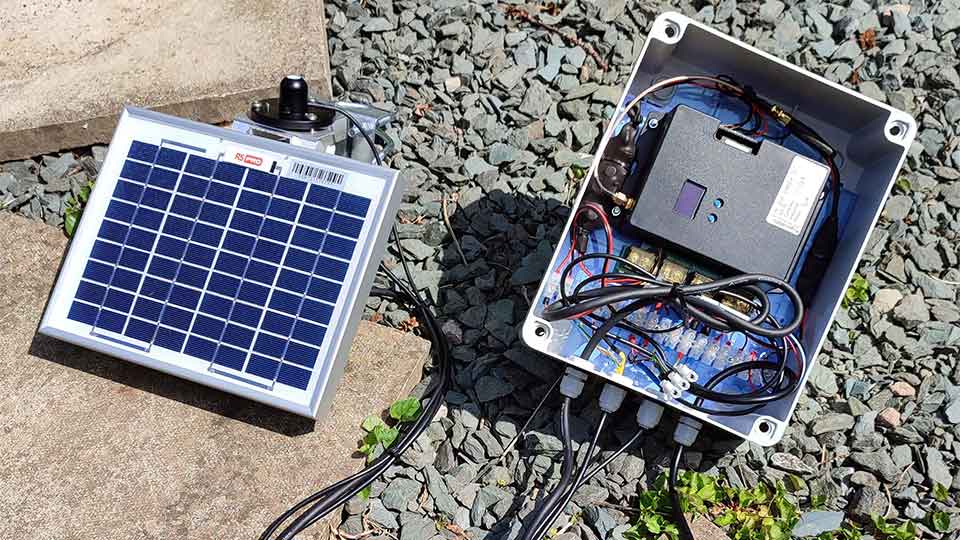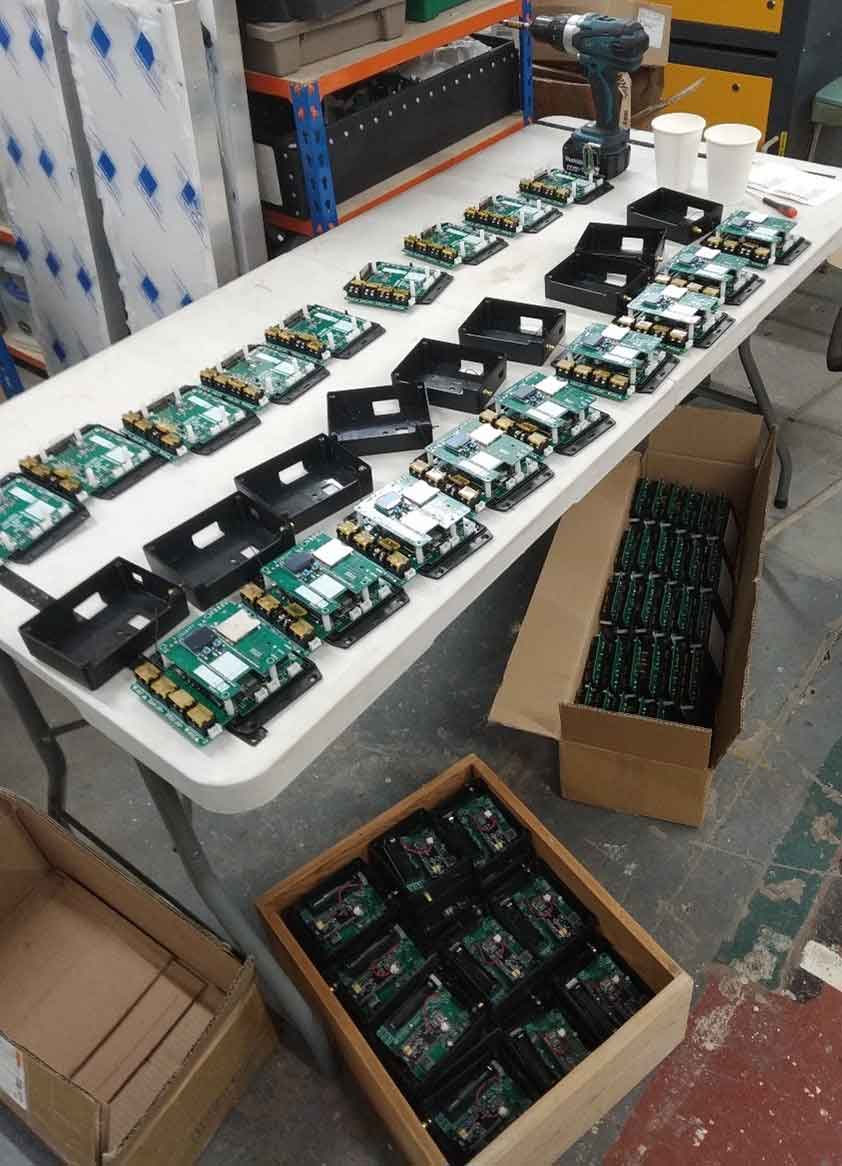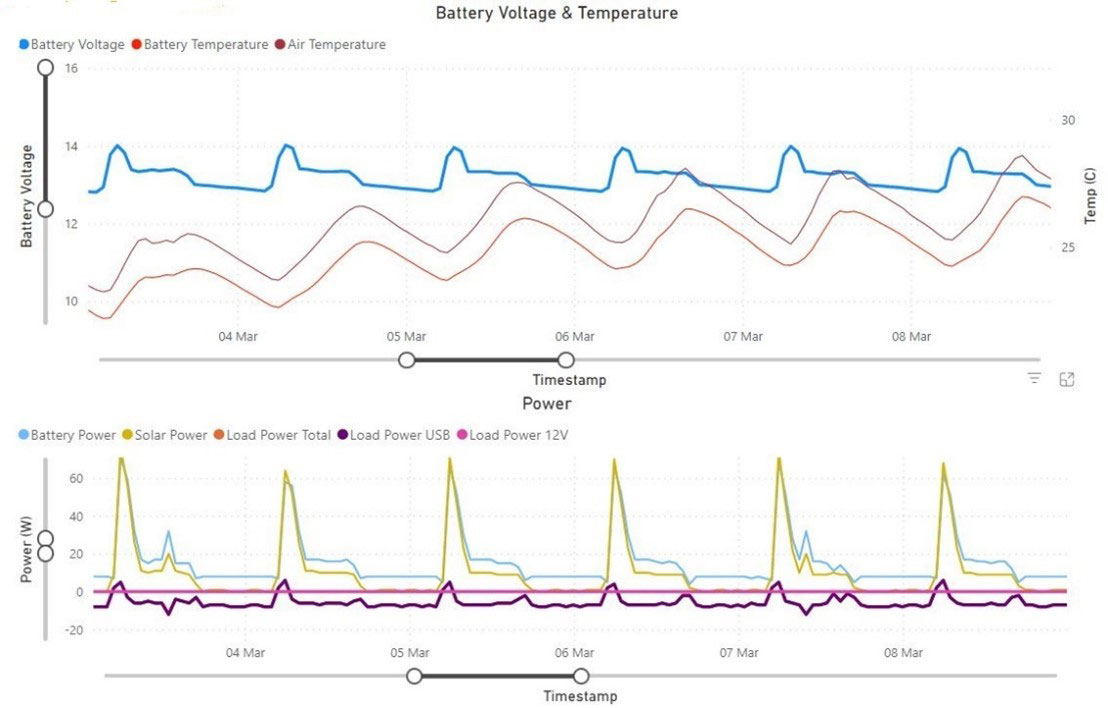Remote Monitoring Units: Providing remote monitoring services for solar power systems

This Loughborough-based project has developed real-world remote monitoring systems with initial application within solar power systems. This project has involved working with partner organisations in the UK, Zambia, Tanzania, Malawi, and India.
Our Aim

Over 700 million people do not have reliable electricity access. Solar home systems (SHS) - comprising of solar photovoltaic panels & batteries, can provide electricity within remote rural locations. SHS are vital for economic and social development, to help reduce reliance on fossil fuels and reduce local and global air pollution.
Unfortunately, SHS real-world use is not well monitored, with over 40% of systems within one deployment being partly or fully non-operational when assessed after installation. System failures will affect the end user directly. These systems are typically ‘pay as you go’, which also affects the equipment provider economically and reputationally. If highlighted early, faults can be rectified or the end user contacted to adjust their use patterns.
At present, this requires expensive, bespoke data logging systems & sensors with relatively high energy requirements. Some SHS include monitoring, but these are proprietary & the data is not available.
This project initially aims to provide low-cost, low-power monitoring solutions for SHS in remote locations. These will supply operation and maintenance information for equipment providers, reliability and energy use patterns for research and equipment developers and verified systems performance.
Our Research
Data from monitoring these solar home systems will help researchers to:
- Highlight potential faults within SHS systems for early rectification.
- Identify energy use patterns for future SHS design improvements.
- Provide field system performance to monitor carbon savings.
The monitoring system developed here can also be applied to other monitoring applications needed for other research groups, including environmental monitoring and conservation.

Challenges In The Field
The main challenges for monitoring solar home systems are to be low power, robust, reliable, and accurate but also very low cost. These systems are then installed within very remote locations without easy access.
To overcome these challenges, the initial prototypes have been redesigned and prototypes installed in different locations to solve any issues before remote field deployment.
The field deployment was enabled through a partner organisation, who have provided back-up services relating to the monitoring systems.
The economic margins on very small solar power systems are low, which may not cover the cost of installing a monitoring system, but minimum viable product design should help to reduce the cost of monitoring further.
Our Outcomes
Over 30 monitoring systems have been supplied to partner organisations in Zambia, Malawi, and India; several of these are already installed within solar power systems.
The primary outcome of this project has been to investigate the economic and practical feasibility of implementing low-cost monitoring for solar power systems. Several technical challenges have been highlighted and overcome, including data reliability and physical installation.
Real-world data from solar home systems in use has been obtained, with a dataset that will get bigger over time. Data can be monitored remotely for any of these systems from anywhere with an internet connection.
The device can be reconfigured for other purposes, such as environmental monitoring, for example, irradiance, temperature, or soil moisture.

